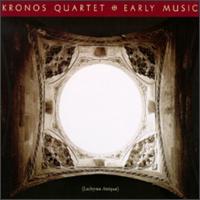


from Hisaharu Motoda's home site:
"In his Neo-Ruins series Motoda depicts a post-apocalyptic Tokyo, where familiar landscapes in the central districts of Ginza, Shibuya, and Asakusa are reduced to ruins and the streets eerily devoid of humans. The weeds that have sprouted from the fissures in the ground seem to be the only living organisms. “In Neo-Ruins I wanted to capture both a sense of the world′s past and of the worlds future,” he explains. Motoda's view of the future at first seems nihilistic, but the proliferation of plant life in the ruined streets seems to suggest that there are other ways for the plant to survive even after our great cities have fallen.
If you think of Japan, you may have a strong image of beautiful nature and oriental culture. However, after experiencing the period of the high growth of economy, Japan now suffers environmental disruption everywhere. When you come to Japan, you might not even find it beautiful. It is a pity, but it is true. Recently, the government and local government took it seriously, and started to consider creating a nature-friendly-environment. The awareness of people is not enough yet, though. Japan was defeated in the World War 2. Then, the Japanese culture and the way of thinking of Japanese people became more westernized. The Majority of young people in Japan don′t know much about their own culture. I was born and grew up right in middle of the period of high economic growth.
As far as art is concerned, I believe that an expression of an artist will be different depending on the environment the artist has been living in, or has grown up. I have been searching for the way of expressing myself with Printing. My work always has something to do with Wabi and Sabi which are the concept of the Japanese Tea Ceremony. Wabi means ‘austere refinement’ and Sabi means ‘quiet simplicity’. There is a Japanese saying ‘anything is impermanent’. Perhaps, I want to send a message “Anything is impermanent” through my work. And, I feel beauty on such fragile things, and would like to express it in my work."
http://hisaharu-motoda.petit.cc



















